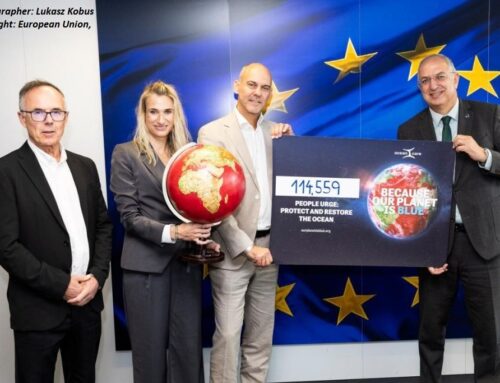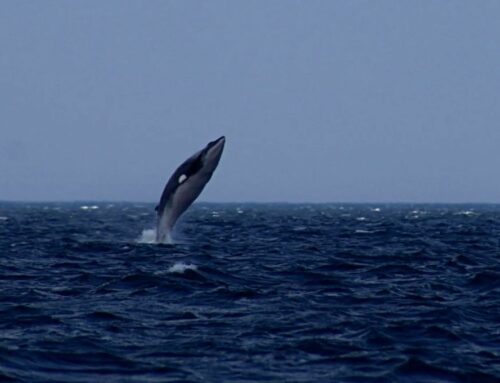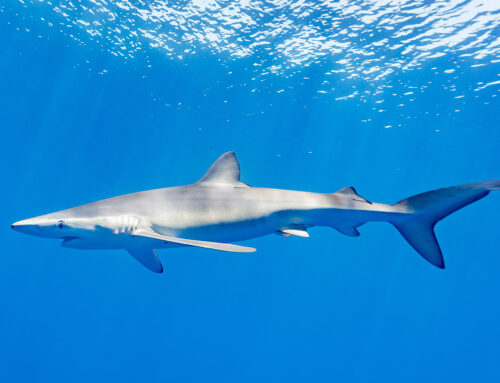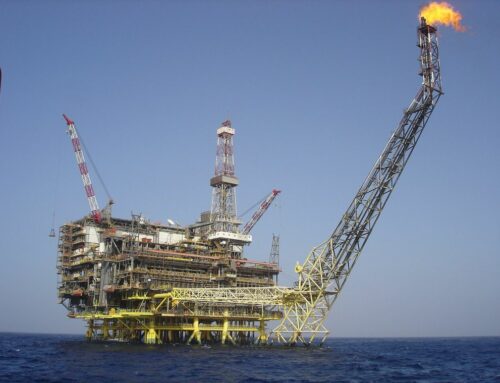It is widely known that unregulated Fisherieing in the waters beyond national jurisdiction (the “high seas”, covering 64% of the ocean’s surface) causes severe ecological damages – from overexploitation and bycatch to the devastation of millenary deep-sea corals by bottom trawling. But how about the economic rationale of these fishing activities? Are they at least profitable?
To answer this question, a recent study by Sala et al. used newly compiled satellite data and machine learning to track individual fishing vessels on the high seas and quantify high-seas fishing effort, costs, and benefits. Until very recently, the composition of the high-seas fishing fleet has been largely unknown. The researchers now identified a minimum of 3620 fishing vessels spending an aggregate 510,000 days in the high seas in 2016, as well as 35 bunkers (tankers that refuel fishing vessels) and 154 reefers (refrigerated cargo ships onto which fishing vessels transfer their catch at sea). Fishing in the high seas is dominated by a small number of countries: China, Taiwan, Japan, Indonesia, Spain, and South Korea accounted for 77% of the global high-seas fishing fleet. The top four fishing gears operating in the high seas are drifting longliners, purse seiners, squid jiggers, and trawlers.
The total fisheries catch from the high seas in 2014 was 4.4 million metric tons, with a landed value of the catch of USD 7.6 billion. The authors calculated high-seas fishing profits (without accounting for subsidies, and assuming underreporting of catches by 30%) as ranging between −$364 and +$1400 million. By contrast, governments subsidized high-seas fishing with $4.2 billion in 2014, far exceeding the net economic benefit of fishing in the high seas. This result suggests that without subsidies, high-seas fishing at the current scale would be unlikely.
As much as 54% of the present high-seas fishing grounds would be unprofitable at current fishing rates. For example, Spain’s purse seining in the Eastern Central Pacific, the Western Indian Ocean, and the Eastern Central Atlantic (West Africa), as well as its bottom trawling everywhere in the high seas was unprofitable without subsidies.
Deep-sea bottom trawling on the high seas showed a broad pattern of unprofitability worldwide and much fishing by the world’s largest fishing fleets would largely be unprofitable without subsidies and low labour costs. On aggregate, current high-seas fishing by vessels from China, Taiwan, and Russia would not be profitable without subsidies. This is globally significant since these three countries account for 51% of the total high-seas catch.
What makes countries continue to fish the high seas in spite of an apparent economic loss? The authors conjecture that fishing the high seas could become rational for unprofitable fishing companies due to a combination of factors including underreporting the catch, reduced costs because of unfair wages or forced labour, and vessels fishing only part of the time in the high seas and making most of their economic benefit from fishing in national waters. In addition, countries may fish in some regions as part of their long-term geostrategic policy strategy, regardless of the economic benefit (for example Chinese and Russian fleets fishing in Antarctica).
Forced labour or modern slavery (including child labour) is a key cost-reducing factor in long-distance fishing, which manifests itself both at sea and on land. High-seas fishing has also been linked to illegal activities (that is, smuggling of drugs, weapons, and wildlife) by transnational organized criminal groups. These illegal activities may also contribute to the rationality of some of the fishing in the high seas.
These results support recent calls for substantial reforms of high-seas fisheries. These reforms could include combinations of better fisheries management including capacity reduction and closure of large areas, but the main finding of the study is that subsidy reform could substantially alter fishing behaviour in the high seas.
http://advances.sciencemag.org/content/4/6/eaat2504.full
Sala, E., et al. (2018): The economics of fishing the high seas. Science Advances, Vol. 4, no. 6, eaat2504. DOI: 10.1126/sciadv.aat2504








